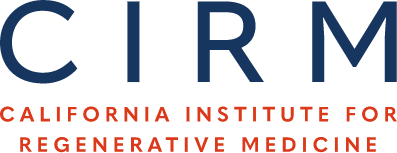Defining the molecular mechanisms of somatic cell reprogramming
Grant Award Details
Grant Type:
Grant Number:
RB1-01353
Investigator(s):
Human Stem Cell Use:
Cell Line Generation:
Award Value:
$1,365,580
Status:
Closed
Progress Reports
Reporting Period:
Year 1
Reporting Period:
Year 2
Reporting Period:
Year 3 + NCE
Grant Application Details
Application Title:
Defining the molecular mechanisms of somatic cell reprogramming
Public Abstract:
The development of methods to “reprogram” adult cells such as skin cells by simultaneously expressing four specific factors — Oct3/4, Sox2, c-Myc and Klf4 — in order to create cells resembling embryonic stem (ES) cells is a major breakthrough in stem cell biology. Our ability to generate these cells, which are known as induced pluripotent stem (iPS) cells, will allow us to obtain stem cells capable of maturing into any tissue type, which is critical for research and has great therapeutic potential, without the controversial use of embryos. We envision that human iPS cells generated from a patient could be used to generate specific cells or tissues for cell replacement therapies for that individual patient, without stimulating an adverse immune response. Certain disease-specific iPS cells could also be differentiated into diseased tissues to study the causes of those diseases or to screen for drugs to treat them. Differentiated cells from iPS cells could also be used for toxicology tests before a drug is given to patients. Therefore, iPS cell technology may make individualized medicine a reality in the future. However, molecular changes that underlie reprogramming of body cells are not yet well understood and must be defined before iPS cells can be safely used for patient-specific therapy.
In this study we will undertake biochemical and molecular analysis to try to understand cellular changes mediating reprogramming. These studies should help us to develop novel strategies to make reprogramming more efficient so that iPS cells can be generated on a large scale for use in regenerative medicine, individualized medicine and drug discovery.
In this study we will undertake biochemical and molecular analysis to try to understand cellular changes mediating reprogramming. These studies should help us to develop novel strategies to make reprogramming more efficient so that iPS cells can be generated on a large scale for use in regenerative medicine, individualized medicine and drug discovery.
Statement of Benefit to California:
California is the most populated state in the US. Many diseases and injuries suffered by the citizens of California, such as Alzheimer’s and Parkinson’s diseases, amyotrophic lateral sclerosis, multiple sclerosis, diabetes and cancer, could be treated using stem cells. The recent development of technology to transform skin cells into induced pluripotent stem (iPS) cells moves us one step closer to developing stem cells suitable for use as therapeutics. Stem cells generated from a patient could potentially be used to replace that individual’s diseased or damaged tissues without concern about an immune response. Disease-specific iPS cells may also be used for drug discovery and toxicology studies. Defining mechanisms underlying iPS cell induction is important before iPS cells can be used for therapy to treat degenerative disease and injuries. This application aims to study molecular mechanisms of iPS cell induction. The knowledge gained from this study can help us improve the efficiency of iPS cell induction. Our findings could also be commercialized by California-based biotechnology companies to generate revenue and create new job opportunities, while at the same time addressing some of the most devastating healthcare issues in our state.
Publications
- Stem Cells (2010): Comparison of reprogramming efficiency between transduction of reprogramming factors, cell-cell fusion, and cytoplast fusion. (PubMed: 20572011)
- Hum Mol Genet (2013): The functional genetic link of NLGN4X knockdown and neurodevelopment in neural stem cells. (PubMed: 23710042)
- PLoS One (2013): Functional impacts of NRXN1 knockdown on neurodevelopment in stem cell models. (PubMed: 23536886)
- Stem Cell Res Ther (2012): The gene expression profiles of induced pluripotent stem cells from individuals with childhood cerebral adrenoleukodystrophy are consistent with proposed mechanisms of pathogenesis. (PubMed: 23036268)
- Sci Rep (2013): The interactomes of POU5F1 and SOX2 enhancers in human embryonic stem cells. (PubMed: 23549118)
- Stem Cells (2009): Klf4 interacts directly with Oct4 and Sox2 to promote reprogramming. (PubMed: 19816951)
- J Biol Chem (2014): Regulation of iPS Cell Induction by Wnt/beta-catenin Signaling. (PubMed: 24482235)



